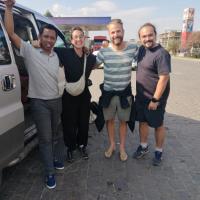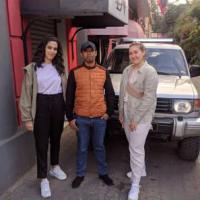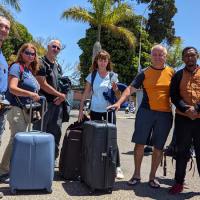Low-Cost Small Group Tour — Andasibe + RN7 (13 days)
One departure per month • Jan–May 2026 • Min. 4 pax
Overview
Explore eastern rainforest highlights around Andasibe and travel south along the famous RN7 route to discover Madagascar’s most iconic landscapes: rainforests, highland scenery, national parks (Ranomafana, Anja, Isalo), and a relaxed beach finale near Ifaty. This budget-friendly group tour is designed for travellers who want a rich experience with shared costs and local expertise.
Key facts
Duration: 13 days / 12 nights
Minimum participants: 4 pax
Departure months: January — May 2026 (one departure per month)
Price (low-cost, all-inclusive per person): €750 (based on 4 participants; see notes below)
Price includes
Airport pick-up and drop-off in Antananarivo
All land transport by comfortable 4x4 or minivan with English-speaking driver-guide
12 nights in twin-share mid-range lodges / guesthouses (single supplement available)
Daily breakfast, 8 lunches and 6 dinners as stated in itinerary
Entrance fees to national parks listed in the itinerary + local guides for park visits
Water on vehicle, local taxes, and coordination
Price does NOT include
International flights and airport taxes
Travel insurance, visa fees
Some meals, personal expenses, tips
Optional activities (night walks, canoe, horse rides where offered)
Notes: The route follows RN7 for the southern leg and includes Andasibe in the east. It is designed for travelers who prefer a complete loop with a balance of wildlife, culture and coastal time. The exact order of a few southern stops may shift due to road conditions and group preferences.
Quick facts & booking
Minimum group size: 4 pax (booking will be confirmed once min. reached).
Max: 06 pax.
Single supplement: €180 (optional).
Deposit to confirm: 50% at booking.




.jpg)
